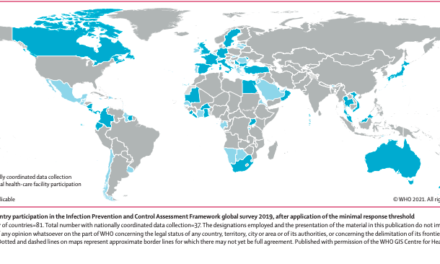A New Hope for Combating Severe Malaria
Malaria, a life-threatening disease caused by the parasite Plasmodium falciparum, remains one of the world’s most pressing public health challenges, claiming over 600,000 lives annually—most of them African children under five. However, groundbreaking research published in Nature offers new hope. An international team of scientists has identified human antibodies capable of targeting proteins linked to severe malaria, potentially paving the way for innovative vaccines and therapies.
The Mechanism Behind Severe Malaria
Severe malaria arises when Plasmodium falciparum infects and alters red blood cells, causing them to stick to the walls of tiny blood vessels in the brain. This leads to blocked blood flow, brain swelling, and sometimes cerebral malaria—a condition often fatal without prompt treatment.
At the heart of this process is a family of about 60 virulent proteins known as PfEMP1. These proteins anchor infected red blood cells to blood vessel walls by interacting with a human protein called EPCR. This interaction disrupts blood flow and contributes to life-threatening complications.
A Long-Awaited Breakthrough
Decades of research have suggested that children in malaria-endemic regions gradually acquire immunity to severe malaria as they age, likely due to antibodies targeting PfEMP1. However, developing vaccines targeting PfEMP1 has proven challenging due to the protein’s high variability.
The new study, led by researchers from EMBL Barcelona, the University of Texas, the University of Copenhagen, and The Scripps Research Institute, offers a breakthrough. Using advanced immunological screening methods, the team identified two human antibodies capable of recognizing and neutralizing diverse types of PfEMP1 proteins. Both antibodies targeted a specific region, CIDRα1, which interacts with EPCR.
“We were hesitant whether we could identify a single antibody that could recognize them all,” said Maria Bernabeu, co-senior author and Group Leader at EMBL Barcelona. “Our improved methods quickly identified two broadly effective antibodies.”
Innovative Testing with Lab-Grown Blood Vessels
Testing the antibodies posed unique challenges. Unlike many diseases, malaria cannot be effectively modeled in animals due to differences between human and mouse PfEMP1 proteins. To overcome this, the researchers used a cutting-edge “organ-on-a-chip” approach, growing human blood vessels in the lab and passing infected human blood through them. This method replicated the disease in a controlled environment.
The results were striking. Introducing the antibodies prevented infected red blood cells from adhering to the vessels, effectively blocking the mechanisms leading to severe malaria. “We were impressed at how well the antibodies worked. It was striking to see the inhibition readily apparent by eye,” said Viola Introini, co-first author and postdoctoral fellow at EMBL Barcelona.
New Insights for Vaccines and Therapies
Further structural and immunological analysis revealed that these antibodies prevent parasite binding by recognizing three highly conserved amino acids on CIDRα1. This discovery highlights a potential universal target for vaccines or treatments against severe malaria.
“This study opens the door to targeting new ways of protecting people from severe malaria,” said Bernabeu. “The international collaboration across disciplines was key to this breakthrough. We must continue working together to tackle global health challenges.”
Looking Ahead
As scientists build on this promising discovery, the study underscores the importance of advanced technologies like tissue engineering and organ-on-a-chip systems. These tools not only deepen our understanding of diseases like malaria but also accelerate the development of life-saving interventions.
The next steps include refining these antibodies and exploring their potential in clinical settings. If successful, they could transform how malaria is prevented and treated, offering hope to millions affected by this devastating disease.
Reference: Reyes, R. A., et al. (2024). Broadly inhibitory antibodies to severe malaria virulence proteins. Nature. doi.org/10.1038/s41586-024-08220-3.












